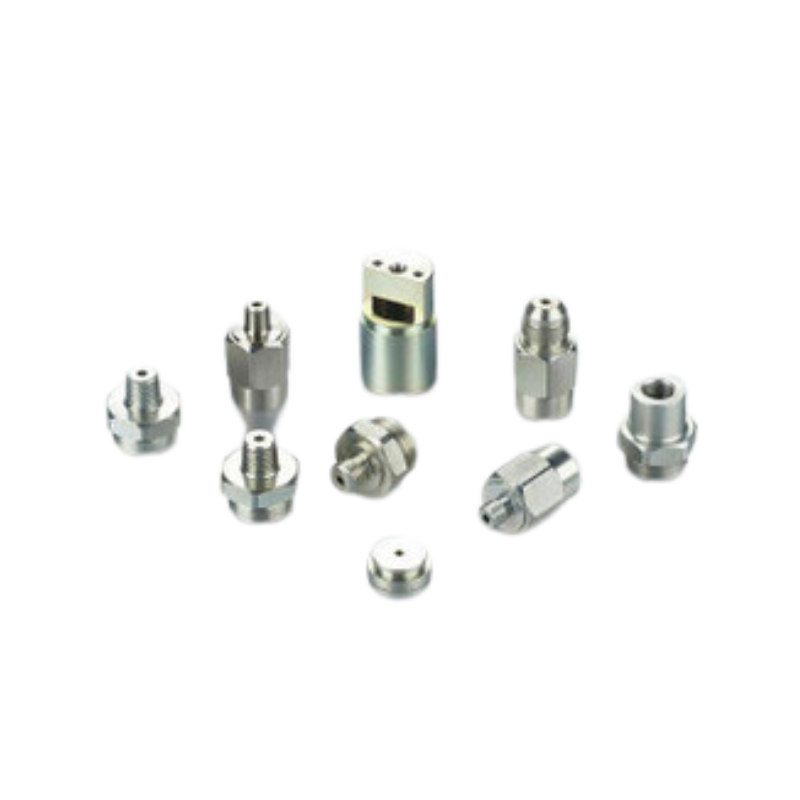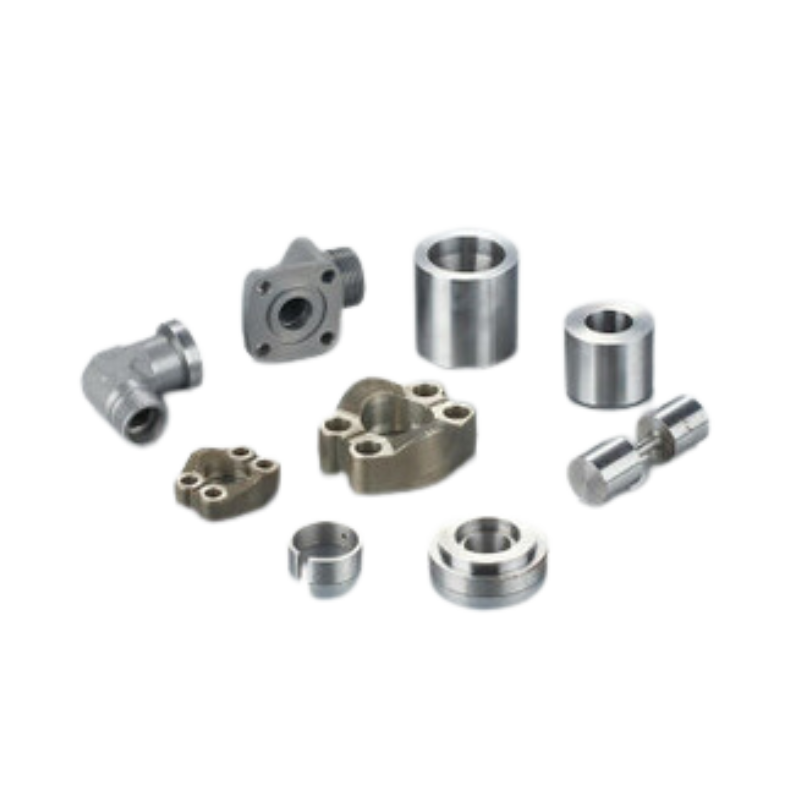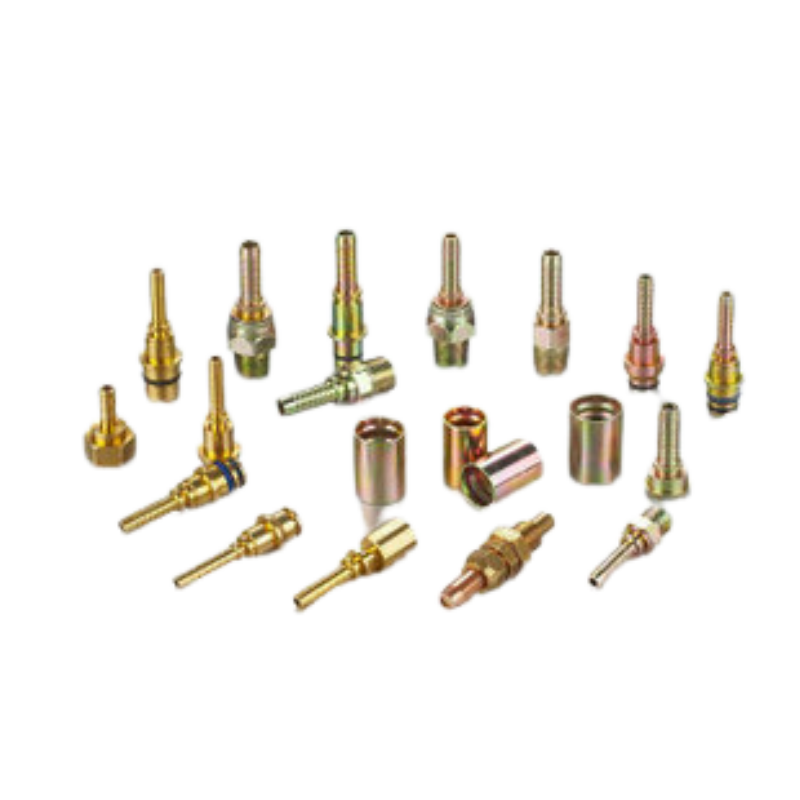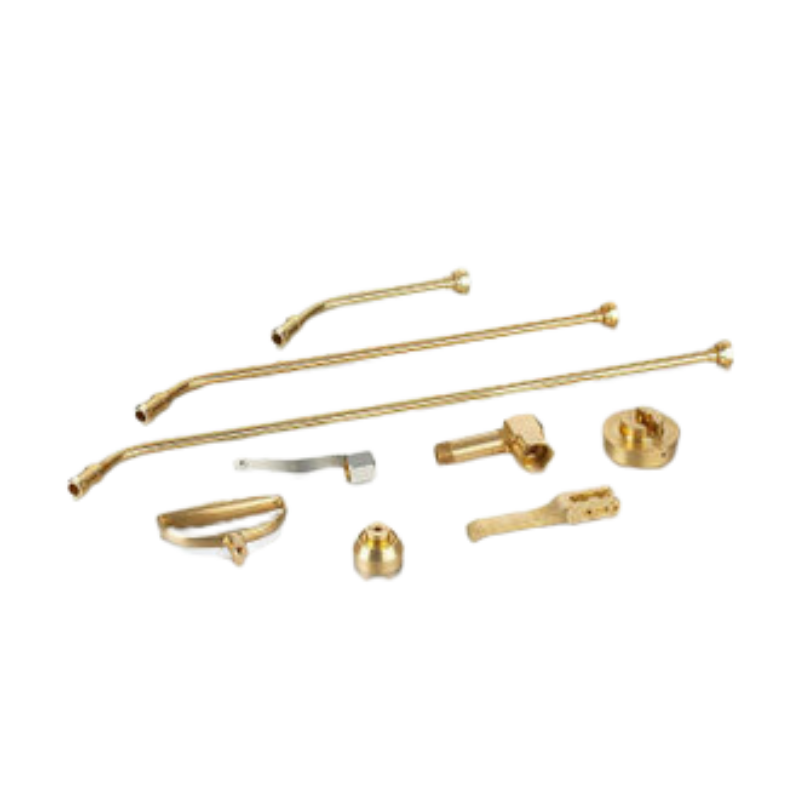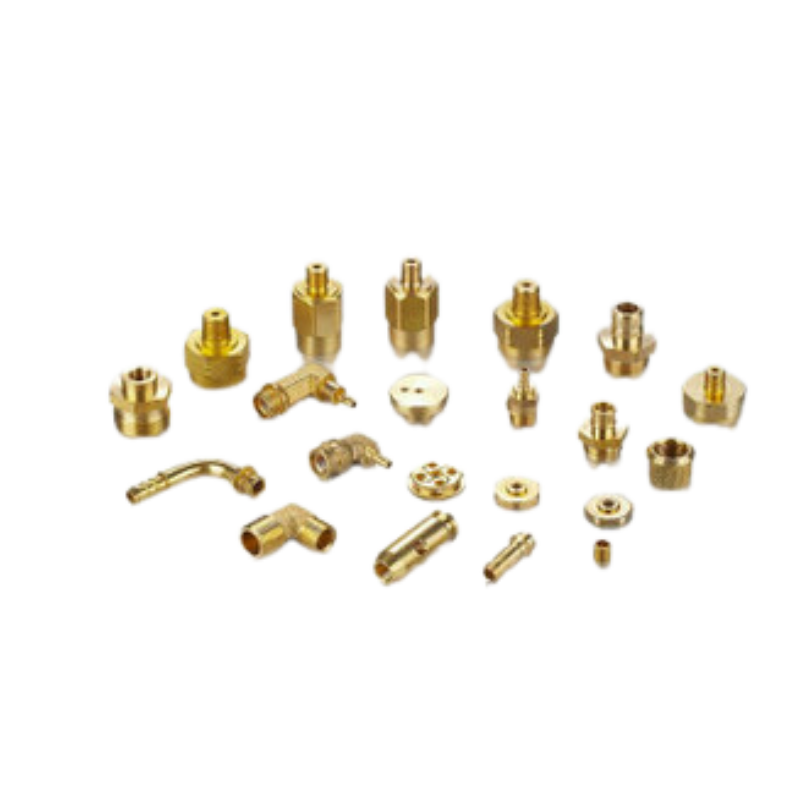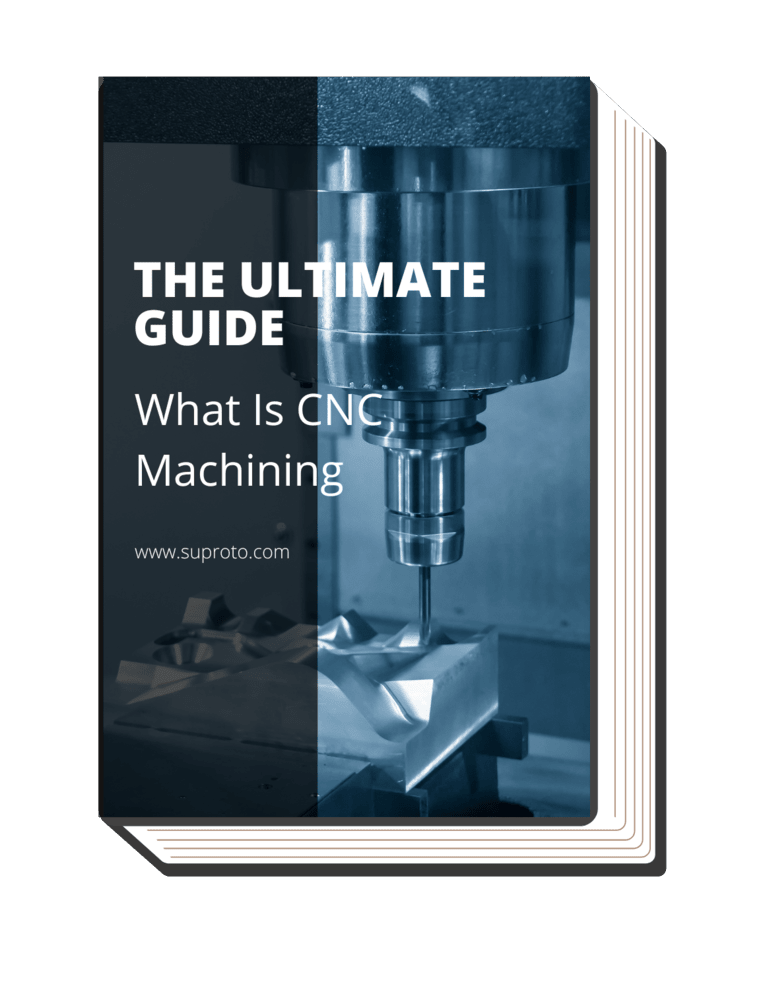#1 Material Quality
The quality of aluminum used in 3D printing is critical for producing strong and durable prints. Substandard materials can result in prints with lower structural integrity and reduced lifespan. Suproto, a service provider and a manufacturer, is able to offer high-quality aluminum that will withstand the rigors of every application.
#2 Advanced Technologies
Given the swift evolution of 3D printing technologies, the service provider must employ advanced techniques and machinery. It’s essential to ensure they utilize cutting-edge techniques such as machine learning to optimize the printing process, resulting in improved toughness and compression strength of the final products.
#3 Customization Capability
One of the major strengths of 3D printing technology is the capacity for customization. The chosen service should provide flexibility in designing and implementing alterations without significantly inflating costs or extending timelines. For example, the creation of custom medical devices or tailor-made components for the automotive industry.
#4 Cost Effectiveness
The cost of 3D printing it’s important to scrutinize the pricing structure of the service to ensure it aligns with the allocated budget. Services offering on-demand production can help reduce high inventory costs, proving to be more cost-effective. In my experience, investing in a thorough analysis of the requirements and the proposed pricing structure can result in substantial savings in the long run.
#5 Supply Chain Stability
According to Voxel matters, aluminum and aluminum alloys are considered the most interesting materials for the next phase of AM growth into large batch and serial production applications. Select a provider with a robust and reliable 3d printing supply chain to ensure continuity of service and product delivery, regardless of external factors.

